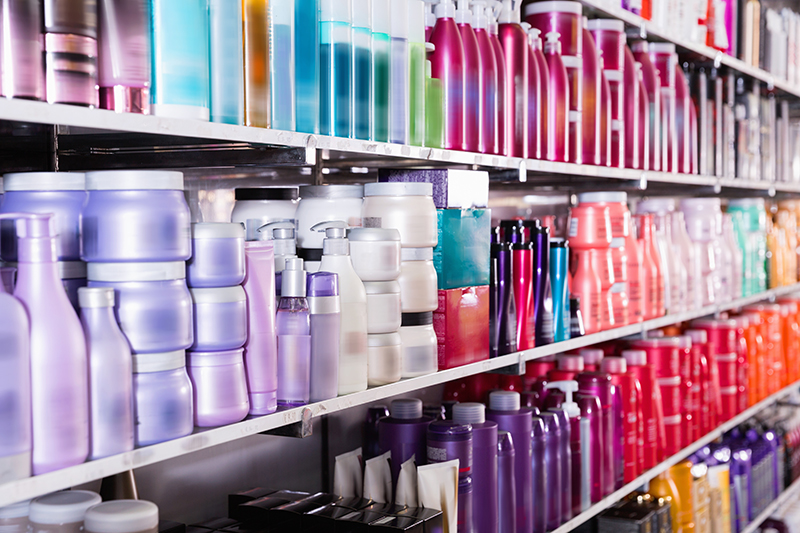The brands customers invest in represent more than just the purchasing of goods. For some consumers, it means using and representing products they feel personally connected to.
Take, for instance, the indie brand phenomenon, privately-owned companies at which the founders are still the primary decision makers. Specific demographics are drawn to these brands thanks to their niche appeal and the lifestyle needs they might address for certain buyers.
Though indie brands are thought to represent just 5 percent of total beauty market revenue, they’re growing at a 20 percent annual clip, due in large part to increased visibility and publicity brought on by Millennial buyers. In the past, independent beauty brands needed to eclipse $100 million in annual revenue to draw major corporate attention, but the proliferation of social media and word-of-mouth marketing is now a driving force in beauty brand success. The NPD Group’s Makeup In-Depth Consumer Report found that influencer YouTube videos inform the decisions of 92 percent of makeup users.
The ubiquity of indie brands signifies a shift for the whole beauty and skin care industry going forward. Here’s what we could see happen:
- Product variety:Indie brands’ partnerships with popular retailers help these smaller brands scale faster, promote more, and even develop new products. Sephora is acting in a mentorship capacity with some of these smaller brands through its incubator program.
Sunscreen brand Supergoop is one of the companies Sephora is guiding toward growth. For instance, it was through Sephora’s insistence that Supergoop decided to create an SPF-infused setting spray, a product that Sephora knew there was a market for. As high-profile retailers add more indie brands to their product lines, they can deliver increased numbers of their various offerings to more selective customers.
- Pressure on larger brands:The spark in popularity of indie brands is rooted in consumer desire to establish a more personal connection with the brands and products that are part of their lives. If top-tier brands want to succeed in a market climate that’s trending in that direction, they need to adjust the ways they relate to their audiences.
Urban Decay has always prided itself on delivering an offbeat style, through both its products and packaging. Chief Creative Officer Wende Zomnir decided that developing both concurrently would be a key part of the brand story and another way to stay aligned with its audience.
This kind of clear, targeted storytelling connects with consumers who want their appearance and lifestyle to convey similar traits. Urban Decay carried its mantra from its indie beginnings to its more mainstream present, and it could be a sign of things to come for other large carriers.
- Bigger won’t always mean better:As Millennials shape the skincare market, their skepticism will remain a potential stumbling block for big brands. Indie brands, however, can more easily capitalize on consumer demand for authenticity and transparency — as long as they don’t fall into the same traps as larger brands (e.g. lack of transparency, no story to connect them, etc.) as they grow.
The rise of indie brands doesn’t have to be bad news for the larger corporations; it simply means they need to monitor evolving customer trends and make sure their brands evolve, too. Indie brands’ continued growth is a sign that a focused brand story and targeted product line is a recipe for success.

